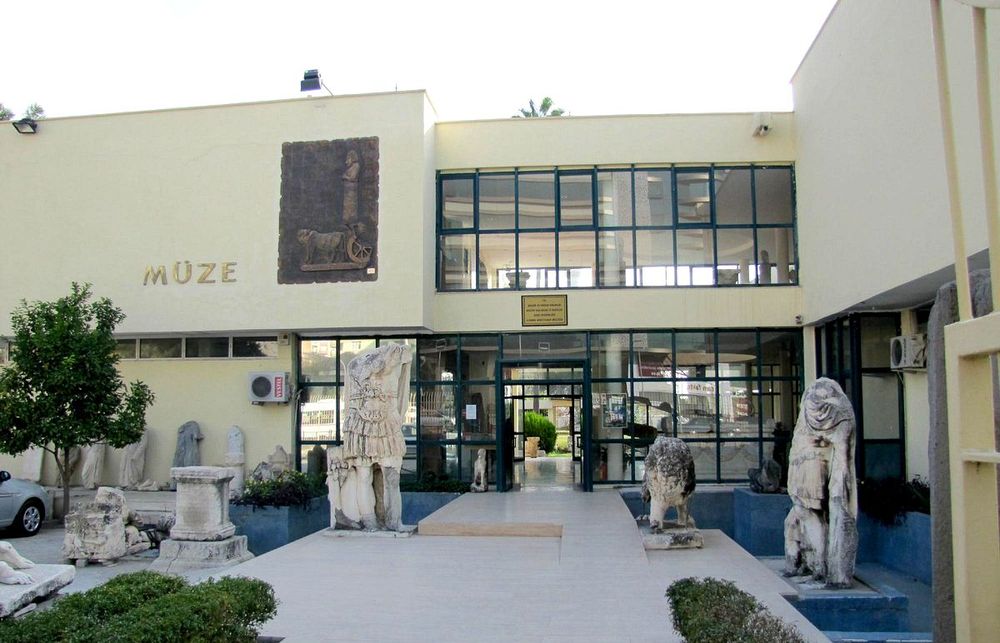The museum which houses historical heritage from Adana as well as Çukurova on the whole, was established just after the formation of the Republic, in 1924. Hence, it is one of the oldest ten museums of Turkey. The museum initially started with the collection of the columns, column capitals and sarcophagi found in the vicinity at the Police Department.
Alyanakzade Halil Kamil Bey from Adana was appointed as the museum director and thanks to his successful work and extraordinary efforts and performance the accumulated material was moved to the Medresse section of the no longer existing Cafer Pasha Mosque in 1928 and was opened to public.
The museum was moved to the building presently occupied by the Etnography Museum at Kuruköprü in 1950. Material from the early ages of Çukurova discovered during the excavations carried out at Tarsus / Gözlükule (1934), İçel / Yumuktepe (1936), Ceyhan / Sirkeli (1938) and Yüreğir / Misis(1958) in particular, were collected at the museum. The museum eventually was filled to the brim with the ethnographic material collected by the Museum Director Ali Rıza Yalman (Yalkın) during investigations he carried out between 1933 – 1940 and as it was the only museum of the region, with material obtained either through purchases or court decisions from a large area reaching from Kahramanmaraş to G. Antep. The museum moved to its current premises on 7 January 1972.
Garden
At the museum entrance there is a Gate Lion from the Hittite period and two Augustus Statues from Silifke / Taşucu and Uzunburç. The exhibited material includes sarcophagi with rich garland decorations, jugs, catapult shots, inscriptions, altars and various architectural elements.
Ground Floor
This floor is the hall of stone works. The marble sarcophagus depicting the Trojan wars in high relief is from Tarsus and is known as the Akhilleus sarcophagus. There is also the sarcophagus with the medusa from the antique city of Augusta which was submerged because of the Seyhan Dam Reservoir, and the human size bronze Karataş Statue from the Karataş / Magarsus Antique City, both of which are the most popularly viewed pieces of this hall.
Hall of Chronoligical Works
Here, a large variety of findings are exhibitied from the very early ages to the Ottoman period, including offerings, pottery, oil lamps, god, goddes and animal figurines. The Lyre Playing Orpheus Mosaic, discovered at Adana / Tepebağ is also in this hall.
Hall of Regional Works
Material from the Adana museum’s own collection obtained from the excavations and through purchases are exhibited. Glass object samples with rich forms, Seljuk tiles and seals from various civilizations are also displayed.
Hall of Coins, Seals and Jewelery
Starting with the Lydians, who were the first to make coins, coins, jewelery and the buried treasurs discovered in the districts of Adana are exhibited.
